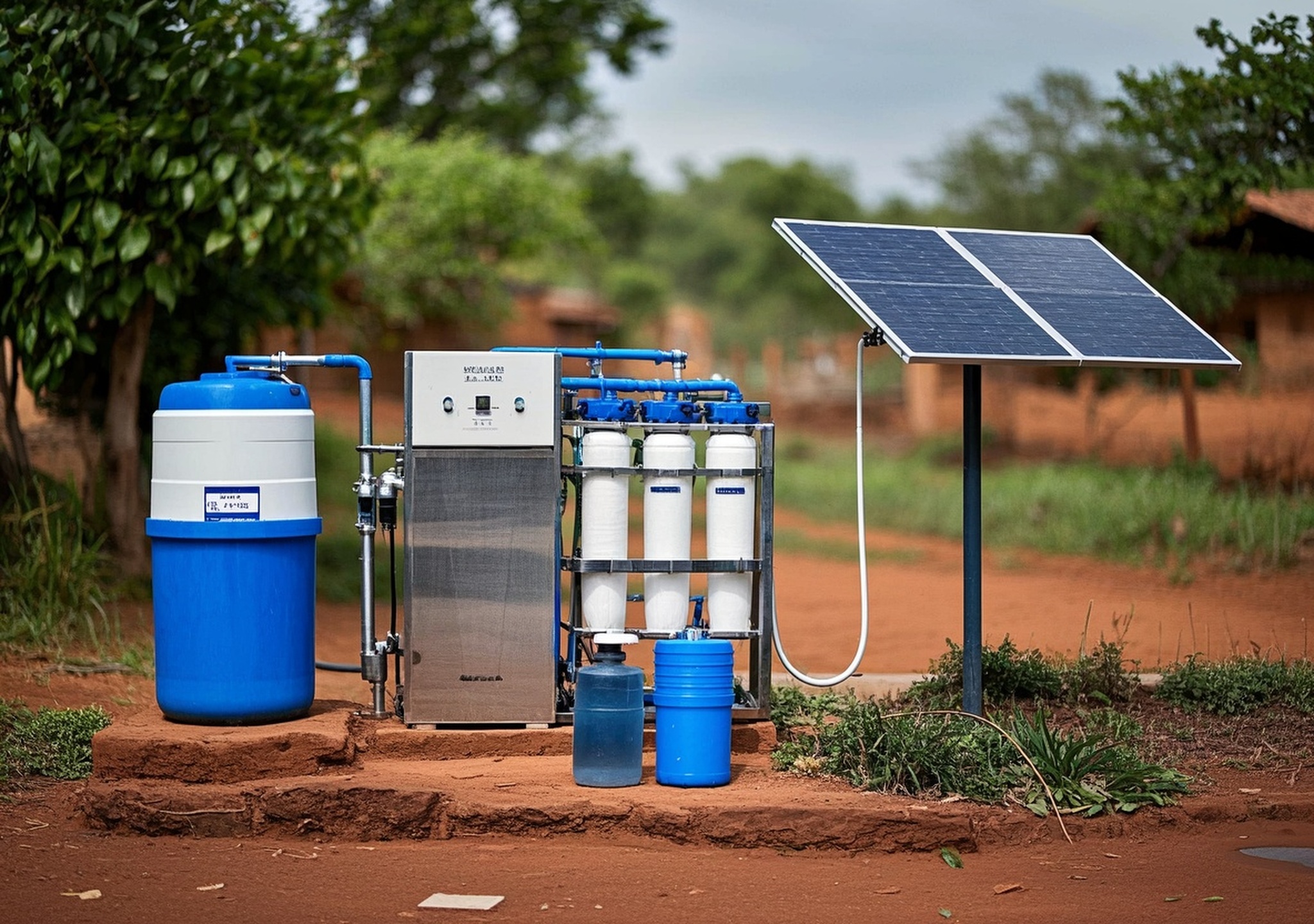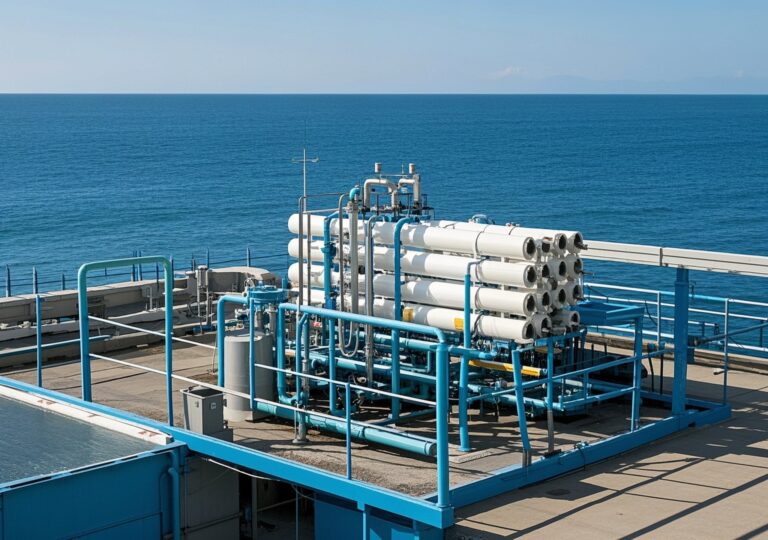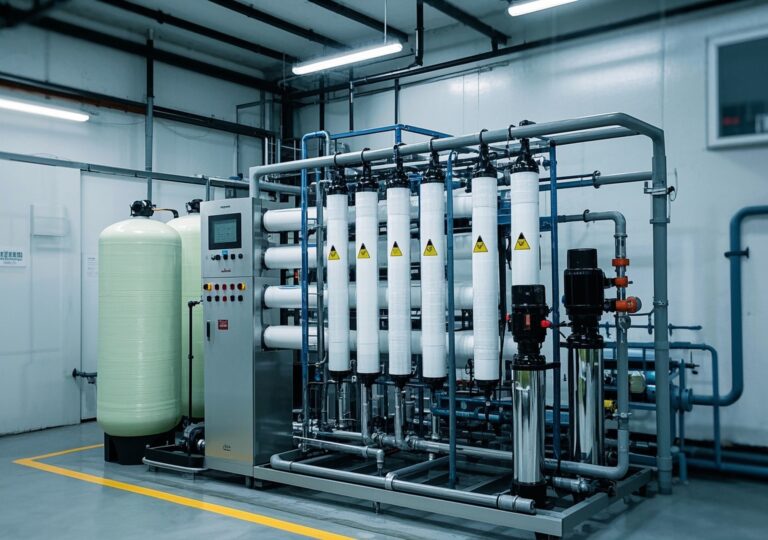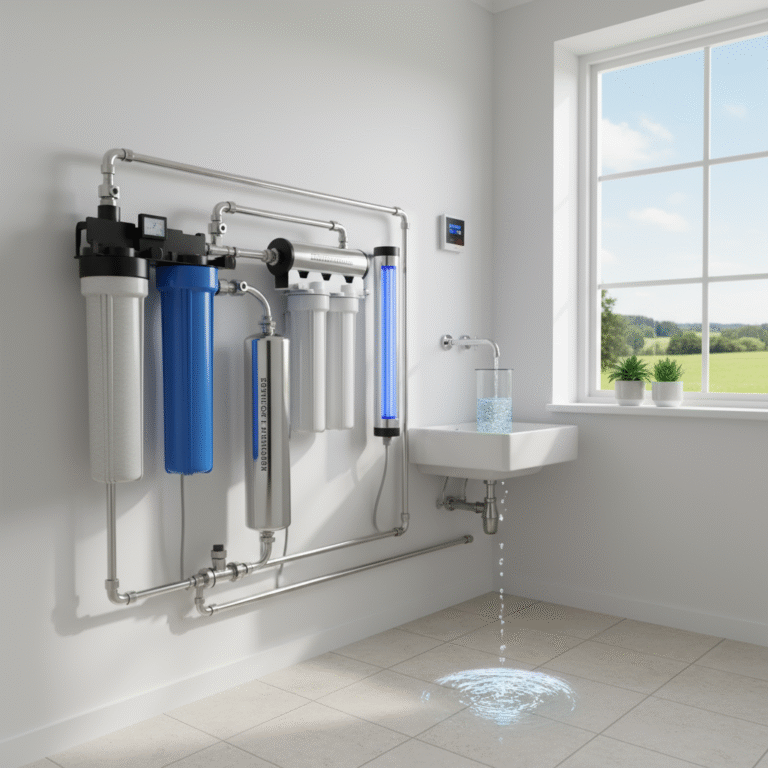Xenial Insights: How to win reverse osmosis water purification system in Africa

Xenial Insights: How to Win Reverse Osmosis Water Purification System in Africa
Africa faces a persistent challenge: access to safe and reliable drinking water remains limited for millions across diverse regions. The continent’s vast geography, coupled with climate variability and infrastructure gaps, leaves many communities vulnerable to waterborne diseases and economic setbacks linked to water scarcity. In such contexts, advanced technologies such as reverse osmosis (RO) water purification emerge as critical solutions to safeguard public health and stimulate socioeconomic development.
Reverse osmosis technology, a proven method in residential and community water treatment, helps remove contaminants including salts, pathogens, and chemicals from water, yielding potable quality. Implementing these systems in African countries can dramatically improve access to safe water, reduce illness rates, and boost productivity.
The significance of deploying reliable and cost-effective RO purification extends beyond health: it empowers education by reducing school absenteeism, supports local industries needing clean water, and aligns with Sustainable Development Goal 6 (Clean Water and Sanitation). For investors and system integrators, understanding how to design, customize, and deliver these systems in Africa’s challenging environments is paramount.
Throughout this article, I share deep insights gained from numerous projects and market research data, providing a comprehensive roadmap to winning contracts and successfully implementing reverse osmosis water purification systems within African water supply frameworks.
2. Product and Technology Overview: Reverse Osmosis and Beyond
The core of many advanced water treatment initiatives hinges on the reverse osmosis process. RO employs semi-permeable membranes to filter out dissolved salts, heavy metals, organic compounds, and microorganisms from raw water sources. The result is clean, safe drinking water suitable for residential and industrial use.
Complementary technologies often integrate with RO systems to optimize water quality and system longevity:
- Pre-treatment Filters: Multi-media filtration and sediment removal prepare feed water by reducing turbidity and suspended solids, critical for membrane protection.
- Ultrafiltration (UF): UF membranes can serve as an effective barrier for bacteria and viruses, often preceding RO units.
- Electrodeionization (EDI): For ultra-pure water requirements, EDI systems enhance ion removal post-RO filtration, favored in industrial applications.
- UV Disinfection: Used as a final safeguard against microbial contamination, UV lamps provide chemical-free sterilization.
- Automated Control Systems: Modern RO plants feature SCADA or PLC-based monitoring to ensure optimal operation, water quality, and maintenance alerts.
Below is a simplified schematic illustrating typical residential and community-scale RO system components and flow:
| Stage | Function | Typical Components |
|---|---|---|
| Pre-Treatment | Remove suspended solids, chlorine, and hardness | Sand filters, activated carbon filters, water softeners |
| Reverse Osmosis | Membrane filtration for dissolved contaminants | RO membranes, high-pressure pumps |
| Post-Treatment | Disinfection, pH adjustment | UV sterilizers, chemical dosing units |
| Storage and Distribution | Safe storage and user delivery | Clean water tanks, piping networks |
This modular and scalable design allows for customization based on feed water quality, desired capacity, and target users, whether urban households, peri-urban communities, or industrial clients.
3. Regional Water Resource Challenges and Market Demand in Africa
Africa’s unique combination of geographic and climatic factors presents persistent water challenges. Erratic rainfall patterns, prolonged droughts, and high evapotranspiration rates strain available surface and groundwater reserves. Urbanization and population growth exacerbate demand pressure.
Specifically, many regions face:
- Limited freshwater availability: Many aquifers contain brackish or saline water, unsuitable without advanced treatment.
- High contamination risks: Microbial, industrial, and agricultural pollutants lower water quality.
- Infrastructure deficits: Lack of reliable piping and treatment systems leads to unsafe water consumption.
These factors collectively drive robust demand for technologies like reverse osmosis water purification systems, which can transform poor-quality sources into safe drinking water. According to the latest market analysis by Grand View Research, the global residential water treatment equipment market—including RO systems—was valued at $25.04 billion in 2022 and is projected to grow at a CAGR of 8.9% from 2023 to 2030. RO technology alone accounted for over 35% of the revenue share in 2022, underscoring its critical role in water treatment worldwide.
This data affirms a strong, expanding market potential in countries facing water scarcity, where clean water access is both an urgent health issue and an economic opportunity.
4. Drinking Water Plant Standards and Treatment Processes
Ensuring that RO water purification systems comply with local and international drinking water standards is essential. The World Health Organization (WHO) guidelines and ISO standards provide benchmarks for microbial safety, chemical limits, and physical parameters.
A typical drinking water treatment process incorporating RO includes the following:
- Source Water Assessment: Detailed testing of raw water for contaminants guides system design.
- Pre-Treatment: Removal of particulates and chlorine to protect RO membranes.
- RO Filtration: Membrane separation to reduce dissolved solids, microbes, and organic compounds.
- Post-Treatment: pH adjustment to stabilize water and optional mineral addition for taste.
- Disinfection: UV or chlorination to eliminate residual pathogens.
- Storage & Distribution: Clean tanks and safe pipelines prevent recontamination.
By integrating monitoring systems that continuously measure parameters like total dissolved solids (TDS), turbidity, and microbiological indicators, operators can ensure compliance and prompt maintenance.
The safety and reliability of these systems have been validated through various pilot projects where water quality consistently met or exceeded WHO drinking water criteria after treatment.
5. Customized Solutions and Engineering Design
The diverse needs of African communities and industries call for tailored engineering approaches. System sizing must consider daily water demand, source water quality, power availability, and operational capacity.
Key design considerations include:
- Feed Water Source Evaluation: Groundwater, surface water, or brackish water characteristics dictate membrane type and pretreatment requirements.
- Modular System Architecture: Allows scaling from small village units (<1,000 liters/day) to large municipal plants (>100,000 liters/day).
- Energy Efficiency: Use of energy recovery devices and solar-powered pumps optimizes operational costs.
- Pre-Treatment & Softening: Essential to reduce membrane fouling, extending membrane life and reducing downtime.
- Quality Monitoring and Automation: Remote sensors and SCADA systems reduce human error and improve reliability.
- Maintenance & After-sales Support: Training local operators ensures sustainable system performance and community ownership.
In my experience working with several community water schemes in East Africa, pre-treatment design was particularly critical. For example, in a project serving 5,000 people in Kenya, customized multi-media filtration systems reduced turbidity from 50 NTU to less than 1 NTU before RO processing, which significantly extended membrane lifespan beyond the typical 2-year cycle to more than 3.5 years. This optimization reduced operational expenditure by 20%, saving precious community funds.
6. Real-World Application Cases and Impact
Concrete implementation examples demonstrate the social and economic benefits achievable with RO systems in Africa:
- Case 1: Peri-Urban Community Water Supply in Ghana: Here, a 20,000 L/day RO plant replaced unreliable borehole water. After installation, waterborne diseases incidence dropped by 40% over 18 months, school attendance increased, and local businesses reported fewer sick days. This system is operated via a community cooperative trained for daily maintenance, ensuring sustainability.
- Case 2: Industrial Water Reuse in South Africa: A manufacturing facility implemented RO coupled with electrodeionization for zero liquid discharge, minimizing freshwater withdrawal by 30%. The project had an ROI of 2.5 years and reduced effluent load by 50%, aligning with environmental regulations.
- Case 3: Rural Health Clinic in Tanzania: An RO system installed at a clinic improved the quality of drinking and treatment water, crucial for vulnerable patients. Clean water availability increased immunization success rates and reduced infant mortality by 15% within the first year.
These cases reflect how adopting advanced water purification technologies, particularly reverse osmosis water purification systems, responds effectively to local needs and delivers measurable health and economic outcomes.
7. Conclusion and Call to Action
Addressing Africa’s drinking water challenges demands an integrated approach combining technology expertise, localized design, and durable partnerships. Winning reverse osmosis water purification system projects in this space requires understanding regional constraints, leveraging authoritative market data, and demonstrating proven impact through real-world applications.
If you are involved in water infrastructure development, NGOs, or enterprises striving to improve water access in Africa, consider engaging with experts who can tailor advanced RO solutions for your specific contexts. Collaborative design, thorough pre-treatment planning, and capacity building with local operators are keys to success.
Contact us to explore how we can help design, engineer, and implement customized RO water purification plants that align with your goals, budget, and community needs. Together, we can ensure safe drinking water and healthier futures for millions.
Data source: Grand View Research – Residential Water Treatment Equipment Market Size, Share & Trends Analysis Report (2023-2030)




